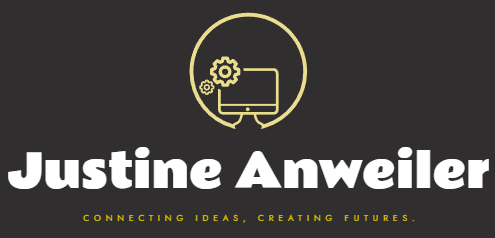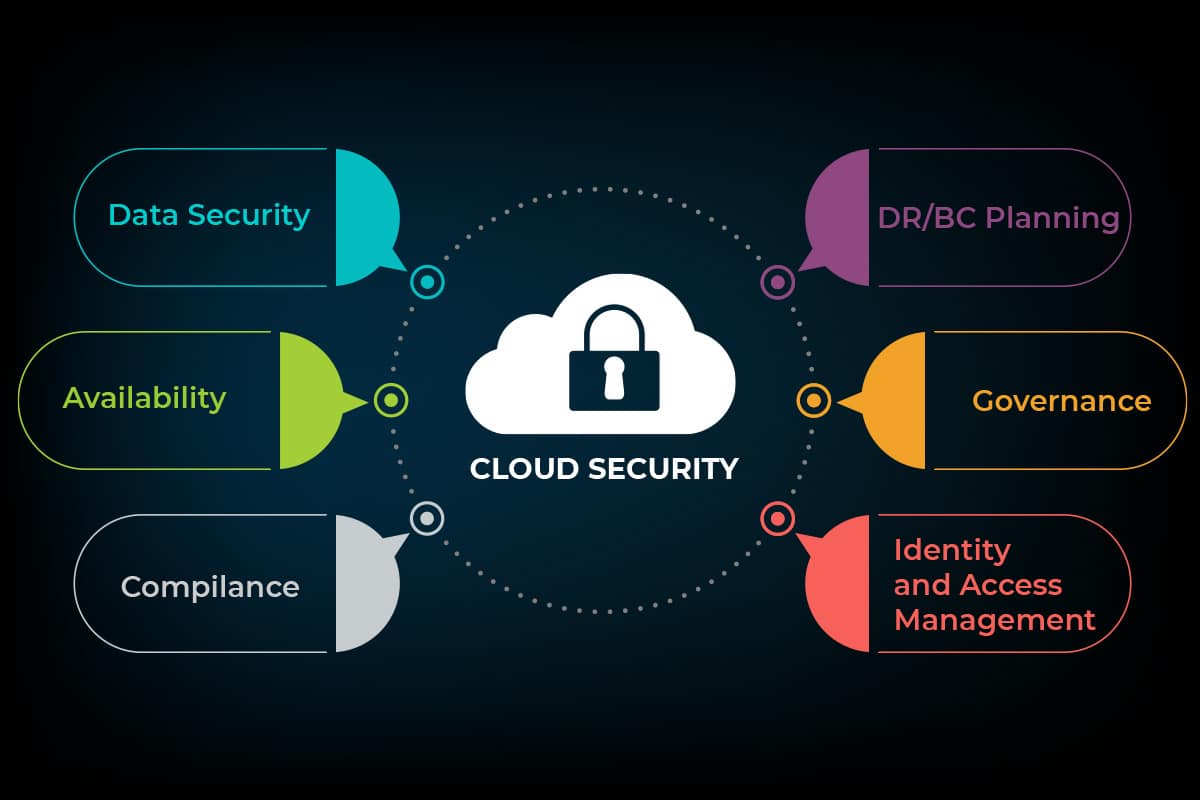justineanweiler.com – Cloud computing has revolutionized how businesses store and manage data, offering flexibility, scalability, and cost savings. However, with the migration of sensitive data and applications to cloud environments, security concerns have become more critical than ever. One of the key concepts that enterprises need to understand is the Cloud Security Shared Responsibility Model.
The Shared Responsibility Model is a framework that outlines the division of security tasks between cloud service providers (CSPs) and their customers. It helps define who is responsible for what aspects of security in a cloud environment, preventing misunderstandings and ensuring both parties take appropriate action to protect data and systems.
In this article, we will explore the Cloud Security Shared Responsibility Model, how it works, and why understanding it is vital for securing your organization’s cloud infrastructure.
What is the Shared Responsibility Model?
The Shared Responsibility Model is based on the idea that while a cloud service provider is responsible for the security of the cloud infrastructure itself, the customer is responsible for securing their data, applications, and configurations within the cloud environment.
The model divides responsibilities into two main categories:
- Security of the Cloud (Provider’s Responsibility):
- This covers the physical infrastructure and foundational services provided by the cloud provider. CSPs are responsible for the hardware, networking, and data centers that make up the cloud platform.
- Security in the Cloud (Customer’s Responsibility):
- This pertains to the applications, data, identity, and other configurations that customers manage and control within the cloud environment. The customer is responsible for securing their applications, data storage, user access, and any custom configurations they implement.
How the Shared Responsibility Model Works
To better understand the division of responsibilities, it’s helpful to look at different types of cloud services and how the responsibility shifts depending on the model.
1. Infrastructure as a Service (IaaS)
In an IaaS model, customers are provided with virtualized computing resources (such as virtual machines, storage, and networking). While the cloud provider manages the physical infrastructure, the customer is responsible for configuring the operating systems, applications, and data on top of that infrastructure.
- Provider’s responsibility: Physical hardware, data centers, network connectivity, hypervisor (virtualization layer).
- Customer’s responsibility: Operating systems, firewalls, identity management, network security, applications, and data.
Example: With IaaS (e.g., Amazon EC2, Google Compute Engine, Microsoft Azure Virtual Machines), you’re responsible for the virtual machines and the operating system running on them, but the cloud provider takes care of the underlying physical servers, storage devices, and the network.
2. Platform as a Service (PaaS)
PaaS provides a platform for customers to develop, run, and manage applications without worrying about the underlying hardware or software layers. In this model, the cloud provider manages the infrastructure and runtime environment, while the customer focuses on application deployment and configuration.
- Provider’s responsibility: Physical infrastructure, runtime environment, operating system, networking, and storage.
- Customer’s responsibility: Application code, data, and user access control.
Example: With a PaaS offering (e.g., Google App Engine, AWS Elastic Beanstalk, Microsoft Azure App Service), the cloud provider handles the operating system and runtime environment, while you only need to focus on developing and deploying your app.
3. Software as a Service (SaaS)
In a SaaS model, the cloud provider delivers fully managed applications to customers. The infrastructure, platform, and application itself are all handled by the provider, meaning the customer only needs to use the application.
- Provider’s responsibility: Entire infrastructure, platform, application software, and data security.
- Customer’s responsibility: User access management, user data, and any custom configurations/settings within the application.
Example: Google Workspace (formerly G Suite), Salesforce, Microsoft 365 are SaaS offerings where the provider manages all aspects of the application, and the customer primarily manages user roles and data inputs.
4. Function as a Service (FaaS) / Serverless Computing
Serverless computing abstracts the infrastructure entirely. The cloud provider fully manages the runtime environment, including scaling, provisioning, and managing servers. The customer only writes and uploads functions that run in response to events.
- Provider’s responsibility: Complete infrastructure management, function runtime, scaling, and networking.
- Customer’s responsibility: The function code itself, data, and event triggers.
Example: AWS Lambda, Google Cloud Functions, and Azure Functions provide serverless computing where customers are responsible only for the code and event triggers, not the infrastructure or scaling.
Key Responsibilities Under the Shared Responsibility Model
1. Data Security and Privacy
One of the most critical aspects of cloud security is ensuring the privacy and integrity of data. While cloud providers implement strong security controls at the physical and network level, customers are still responsible for securing their data. This includes encryption (at rest and in transit), access control, and compliance with regulatory requirements such as GDPR, HIPAA, and PCI-DSS.
- Encryption: Customers must encrypt sensitive data before uploading to the cloud or use the encryption features provided by the cloud provider.
- Access Control: Customers are responsible for setting up and managing access controls (e.g., IAM policies) to restrict unauthorized access.
2. Identity and Access Management (IAM)
Managing user identities and controlling access to resources is another crucial area. Cloud providers offer IAM services, but the customer is responsible for setting the appropriate access levels for their users, defining roles, and managing permissions.
- Best Practices: Use Multi-Factor Authentication (MFA), implement least-privilege access, and regularly review access logs.
3. Compliance and Legal Responsibility
Customers must ensure that their cloud usage complies with legal and regulatory requirements. While CSPs offer compliance certifications (e.g., ISO 27001, SOC 2, GDPR compliance), it is ultimately the customer’s responsibility to understand the requirements for their specific industry and region and apply them to their cloud deployment.
4. Network Security
Cloud providers offer tools such as Virtual Private Clouds (VPCs), firewalls, and network segmentation to help protect your cloud environment. However, customers are responsible for configuring these tools to match their security needs. This includes setting up secure communication channels, managing network traffic, and ensuring that only authorized traffic is allowed to reach critical resources.
5. Patching and Updates
The cloud provider manages the patching of underlying infrastructure components, but customers are responsible for keeping their applications, operating systems, and runtime environments up to date with the latest security patches. Regular patching helps protect against known vulnerabilities.
Why Understanding the Shared Responsibility Model is Crucial
- Clear Accountability: Knowing which party is responsible for which security tasks helps to avoid gaps in security. If something goes wrong, you’ll know whether the issue lies with the provider or your configuration.
- Cost and Time Efficiency: When customers understand their responsibilities, they can allocate resources efficiently. They won’t spend unnecessary time securing parts of the infrastructure that the provider already manages.
- Better Risk Management: The shared model helps businesses mitigate risks by ensuring that both the provider and the customer take proactive steps in their areas of responsibility, reducing the potential attack surface.
- Security Best Practices: Understanding what is within your control allows you to adopt industry best practices for securing your cloud environment, ensuring that you don’t rely solely on the provider for protection.
Conclusion
The Cloud Security Shared Responsibility Model is an essential concept for organizations leveraging cloud services. While cloud service providers handle the security of the cloud infrastructure itself, customers are responsible for securing their data, applications, and user access within the cloud environment. Understanding the nuances of this model is vital for ensuring that no aspect of cloud security is overlooked.
As cloud computing continues to evolve, so too will the security models and best practices. By maintaining a clear understanding of your responsibilities, implementing robust security policies, and continuously monitoring your cloud environment, you can help safeguard your organization’s data and ensure a secure, compliant, and efficient cloud infrastructure.





